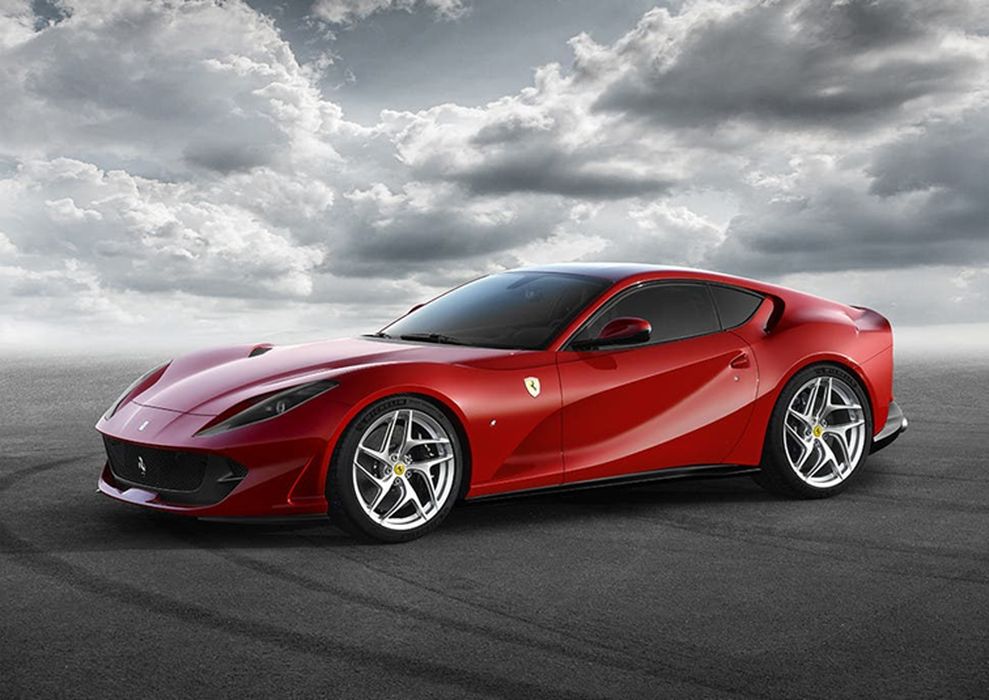
Charles R. Goulding and Preeti Sulibhavi look at Ferrari’ foray into EVs, their design and how 3D printing could be involved.
Sir Jony Ive is incontrovertibly one of the world’s leading designers. When he was with Apple he was unstoppable. His simple, clean, and sleek designs are notably his signature style. In a September 28, 2021, article in the Financial Times, a piece describing how Sir Ive is teaming up with Ferrari to help the luxury car manufacturer develop its first electric vehicles (EV), as part of a broad alliance between him and Exor, the holding company for the Agnelli family dynasty, was published.
The impetus for Ferrari to take electric vehicle path was undoubtably influenced by the success of the Porsche Taycan EV. But Ferrari is a car and a brand like no other and Jony Ive is a designer with his own unique style.
The inclusion of Ive is an excellent strategy to start this new product class off on the right foot. The different mechanical requirements of a luxury EV versus a traditional fuel car bring new opportunities for an entirely new series of vehicle designs.
Ferrari cars are known for the robust noise their engines make as well. But that may be a thing of the past with the new EV product class.
According to a new report from EVO Magazine, it seems that Ferrari’s first EV will arrive by 2025, and it isn’t going to be an everyday, run-of-the-mill car designed to get 500 miles (800km) on a single charge.
Ferrari makes supercars, and their first EV will likely be a hypercar to compete with the likes of the Lotus Evija and the Rimac Concept 2. Long, low, wide, fast and furious. All you must do is forget about the screamin’ V-12 or twin-turbo V-8 that would otherwise be under the hood. You might not hear his new Ferrari EV coming around the corner, but you will know when it arrives.


We have previously written about how 3D printing could be utilized in the manufacturing of luxury cars and EVs as well. Bringing in Jony Ive to help design this elite product class of EVs for Ferrari will only bring more opportunities for 3D printing to become involved in component and accessory fabrication as well.
The Research & Development Tax Credit
The now permanent Research and Development (R&D) Tax Credit is available for companies developing new or improved products, processes and/or software.
3D printing can help boost a company’s R&D Tax Credits. Wages for technical employees creating, testing and revising 3D printed prototypes can be included as a percentage of eligible time spent for the R&D Tax Credit. Similarly, when used as a method of improving a process, time spent integrating 3D printing hardware and software counts as an eligible activity. Lastly, when used for modeling and preproduction, the costs of filaments consumed during the development process may also be recovered.
Whether it is used for creating and testing prototypes or for final production, 3D printing is a great indicator that R&D Credit eligible activities are taking place. Companies implementing this technology at any point should consider taking advantage of R&D Tax Credits.

Conclusion
There is no other brand like Ferrari. Very few company names become adjectives themselves for the attributes of their products. Ferraris are synonymous with quality and speed. This new class of EVs, with the help of Jony Ive’s master designs, is bound to beat the rest of the pack.


I heard a rumor that the steering wheel clicks ever so slightly for every degree you turn it…